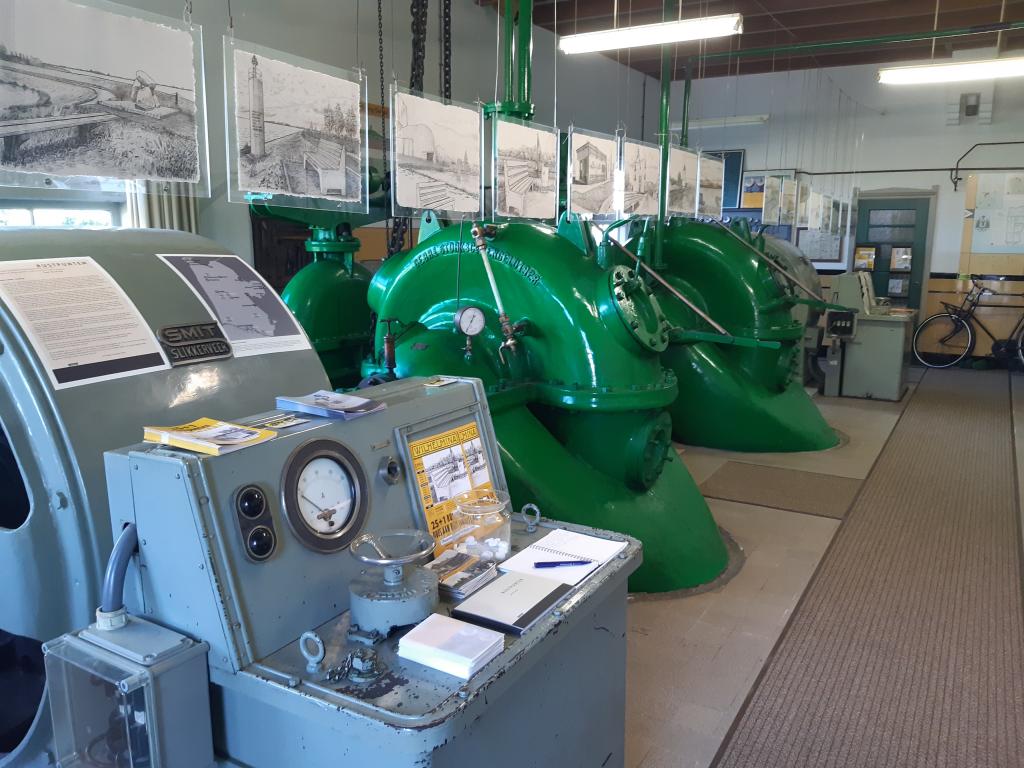Museum Pumping Station Wilhelmina
The Museum Pumping Station Wilhelmina with driver's house in Amsterdam Style stands out in the open landscape of the Schermerpolder. The pumping station has been a museum since 1995 and is open every Sunday during the summer months.
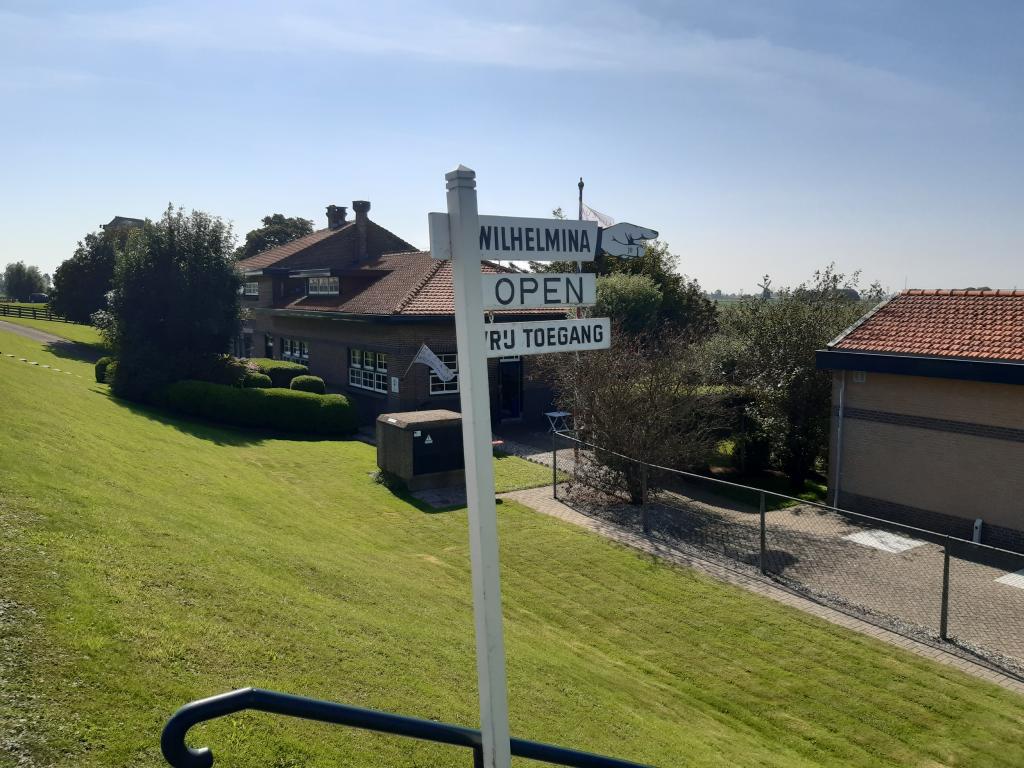
From wind to electricity
The Schermeer, with an area of about 4800 hectares, was drained by 52 windmills from 1633 to 1635. While the surrounding polders switched to steam pumping after wind pumping, polder de Schermer continued to use wind pumping. The system worked well and therefore expensive steam pumping stations were dispensed with. At the beginning of the 20th century, however, the limits of windmill drainage came into view. Farming made increasing demands on water control, and wind always remained an uncertain factor with mills. Moreover, both the maintenance costs of the mills and the wages of the millers were increasing. Therefore, the polder board decided to build modern electric pumping stations in 1925. By electrically pumping the polder, the mills became redundant. Of the original 52 windmills from the 17th century, only 11 now remain.
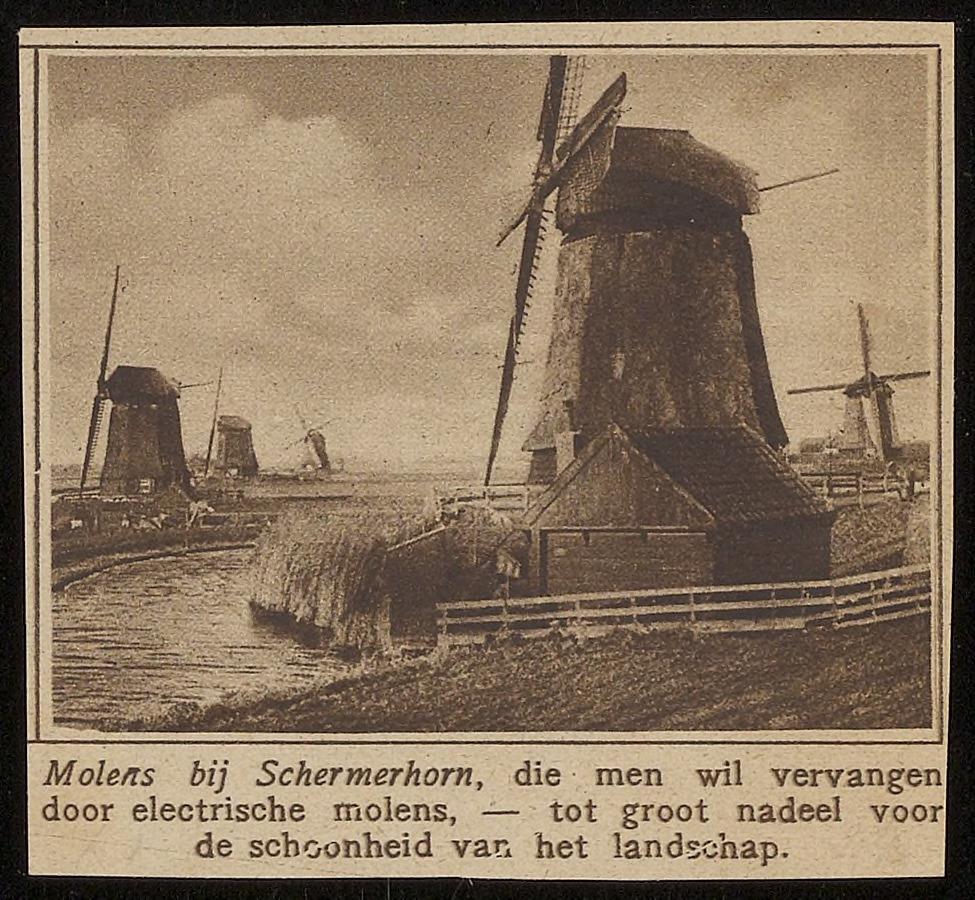
Orange ground
The electric pumping stations are given names of the Royal House: Emma at Grootschermer, Wilhelmina at Schermerhorn and Juliana at Driehuizen. The royal names are featured in a yellow tile tableau with brick border in the front facades. The technical realization of the pumping stations was in the hands of the Amsterdam engineering firm W.C. and K. de Wit. That hired good architects to design the buildings.
The supervisor of construction, Gerrit Verheus, lived with his wife and daughters in a mill near pumping station Wilhelmina. The youngest daughter, Mrs. Mies Kikkert-Verheus, recalled that her father endlessly struggled with flat bicycle tires due to the sharp basalt stones used to pave the roads in the Schermer. Rainwater from a barrel was used as drinking water, the toilet consisted of a "little house on the ditch," and in winter it was so cold in the mill that her breath froze on the blankets. Every day the two sisters walked a long way to school in Schermerhorn. If they got thirsty on the way back, they would scoop water from the ring canal with their hands!
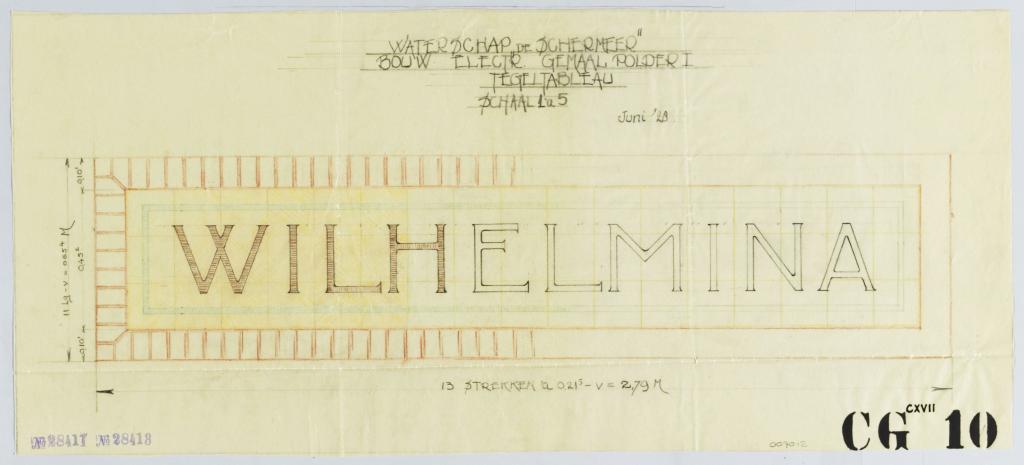
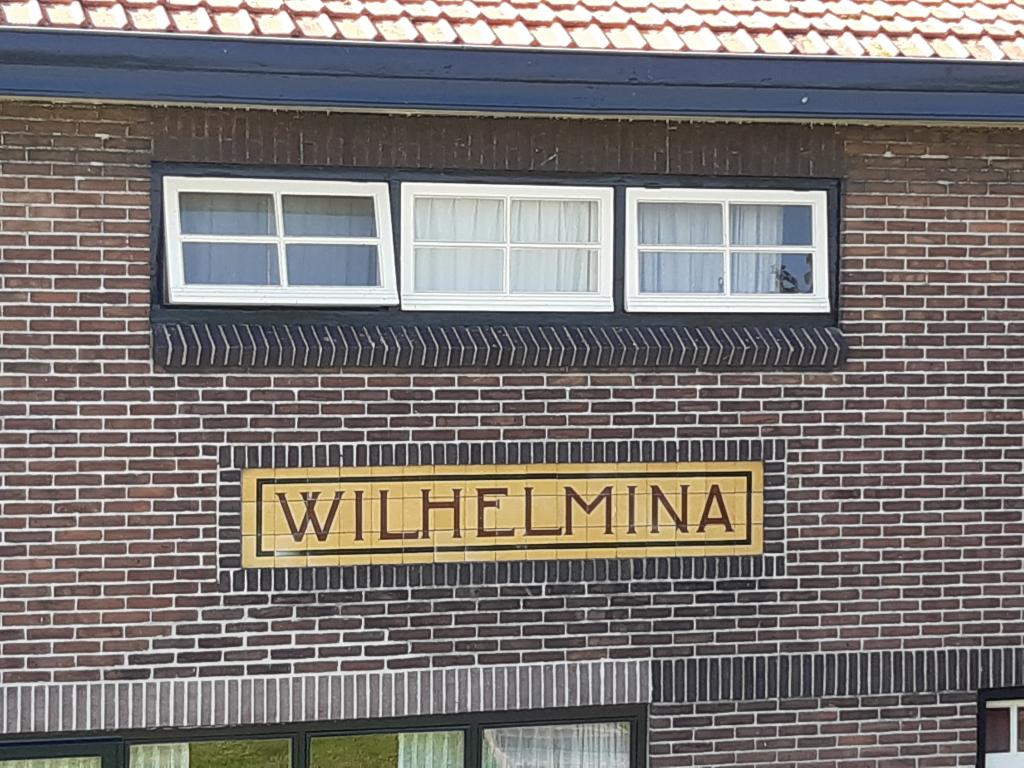
Pumping stations Wilhelmina and Beatrix
In 1928 pumping station Wilhelmina with attached service house was put into operation. In the machine hall are two Stork centrifugal pumps driven by electric motors. Under normal conditions, one pump ran. When there was a large supply of water from the polder, both pumps operated. The pumping station was built in the style of the Amsterdam School. It is characterized by horizontal windows, brick facades and a large roof overhang. The pumping station has had three operators. The last one was active until 1993, after which the pumps were permanently shut down.
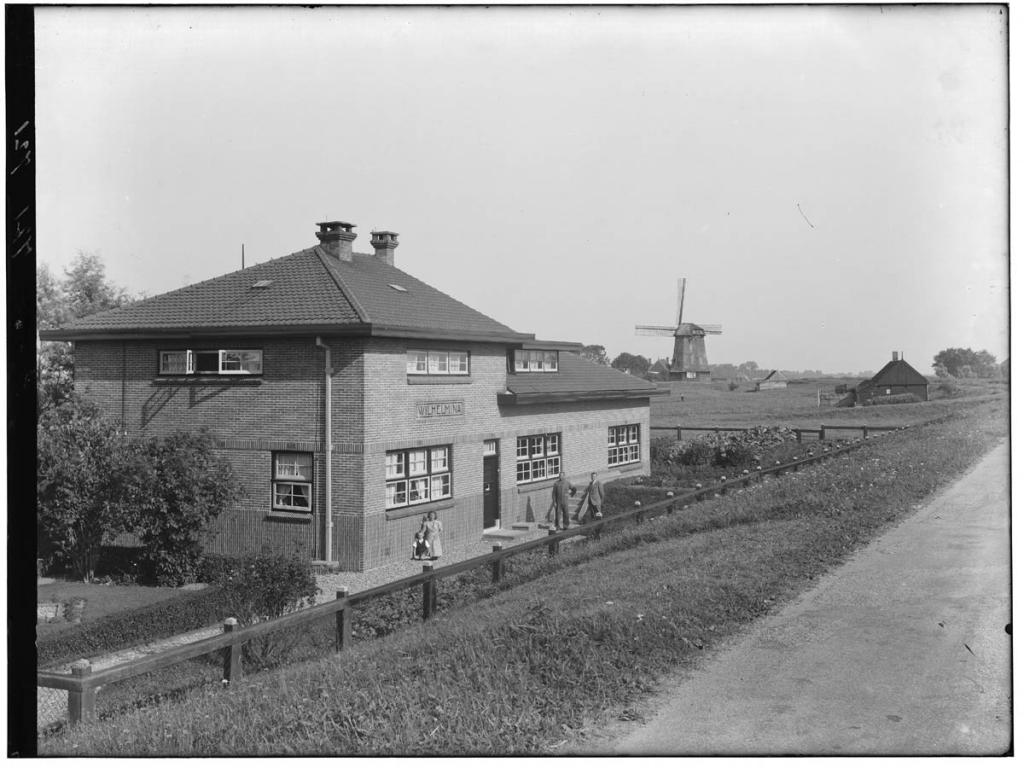
Because pumping station Wilhelmina could no longer handle level reductions, the adjacent Beatrix pumping station was built in 1991. This small but very powerful pumping station is fully automatic and no longer requires a machinist. Pumping station Juliana was also replaced by pumping station Willem-Alexander. Both pumping stations were put into operation by Crown Prince Willem-Alexander on June 2, 1998. After a visit to the museum pumping station, he sailed on a tour boat through the ring canal from Beatrix pumping station to Willem-Alexander pumping station near Driehuizen. Just before arrival a gigantic downpour erupted. Fortunately, Willem Alexander did not care!

Museum
The initiative of owner Waterschap Het Lange Rond to give the old pumping station Wilhelmina a new purpose as a museum immediately received wide support in the Schermer region. Museum pumping station Wilhelmina opened its doors in 1995. Here the history of water management is told. All installations are still there, only underground the pumping station has been dismantled. The house is not open to the public. Outside is a landmark on the site of a demolished windmill.
